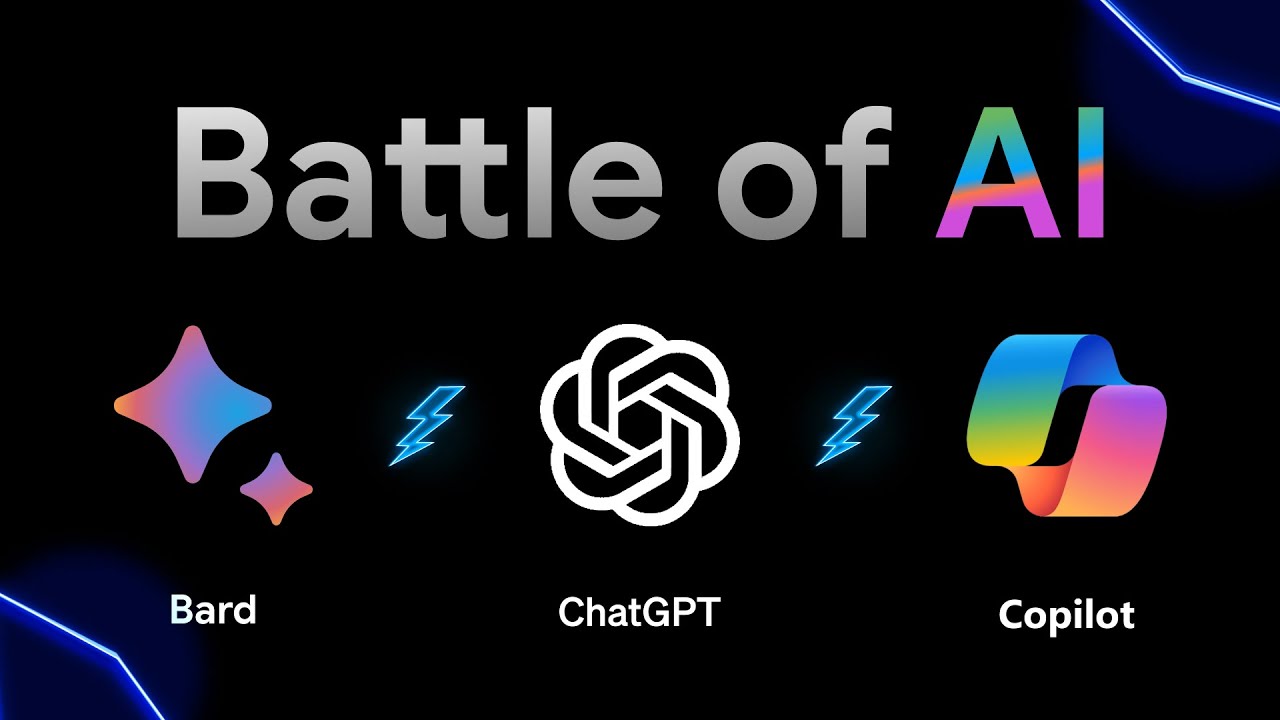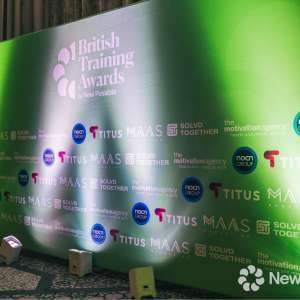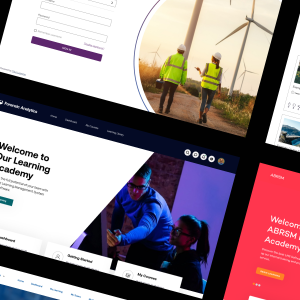LinkedIn is filled with guides on starting your journey into Artificial Intelligence (AI), but seasoned experts advise a cautious approach:
" walk ,dont run"
AI dominates our daily news, urging teams to acquire new skills like NLP (Natural Language Processing) and LLM (Large Language Models) and hire Prompt Engineers to deploy services.
However, these can wait. AI is currently costly, so it’s wiser to first test and explore its potential benefits for improving internal processes or generating new content from existing resources. This builds internal confidence.

Many organisations, especially those led by members, struggle to know where to begin with AI. But the key is to start small and use what you already have. For instance, you can leverage your existing wealth of knowledge stored in your CMS (Content Management System) to resurface new insights using AI.
Consider your backlog of knowledge across publications, whitepapers, and journals that has supported members over the years. How can it be repurposed today? AI can create new micro-learning courses, aggregate best practice guidelines, or conduct gap analyses across multiple standards and policies. All of these are achievable if AI understands the context of the resources.
AI can interpret unstructured data and place it in context to your purpose, storing it properly in a structured format. Through knowledge graphs, small data points can be linked into a larger picture, allowing you to configure behavior and generate outcomes like executive summaries, research reports, or training courses.
Verification of outputs is crucial. Editors should be able to refine prompts or edit reports easily, incorporating tools like MS Word or MS PowerBI charts if available in-house. With the right software, user-level AI training focuses on grammar and meaning checks to improve prompts, shifting the focus to outcome relevance rather than costly technological journeys.

In conclusion, whilst AI offers significant potential, it’s crucial to proceed with caution when incorporating it into your organisation. Begin with small steps and utilise existing resources, gradually exploring AI’s capacity to enhance processes and drive innovation. Ensure a thorough understanding of your data’s context and verify outputs for accuracy. With a careful approach, AI can become a valuable asset in advancing your organisation’s growth and success in the modern digital landscape.







